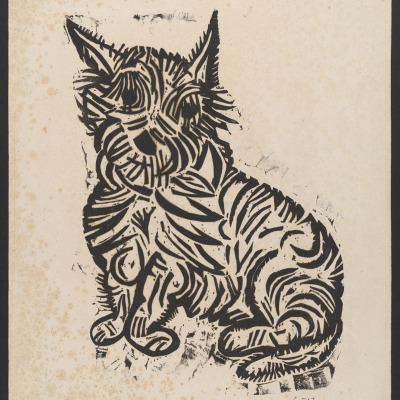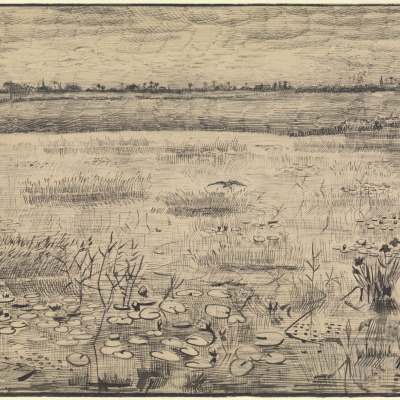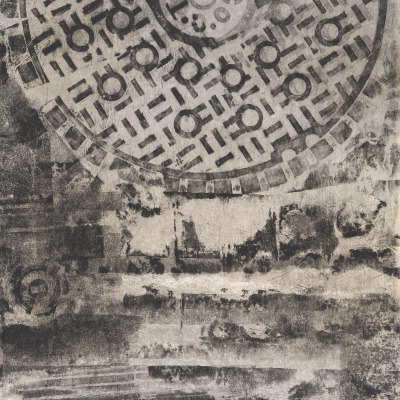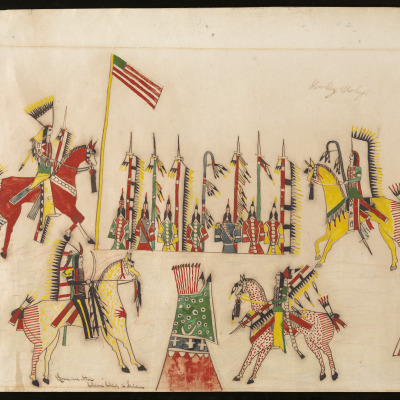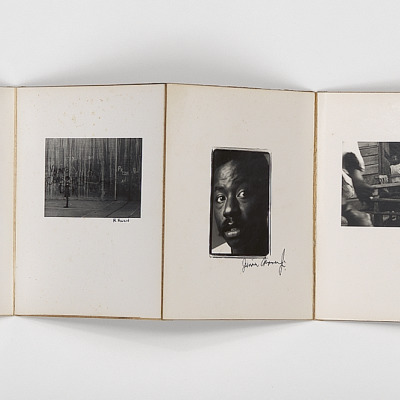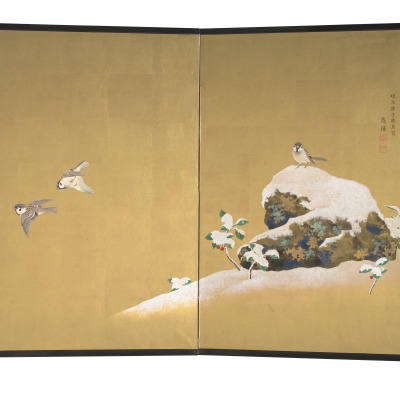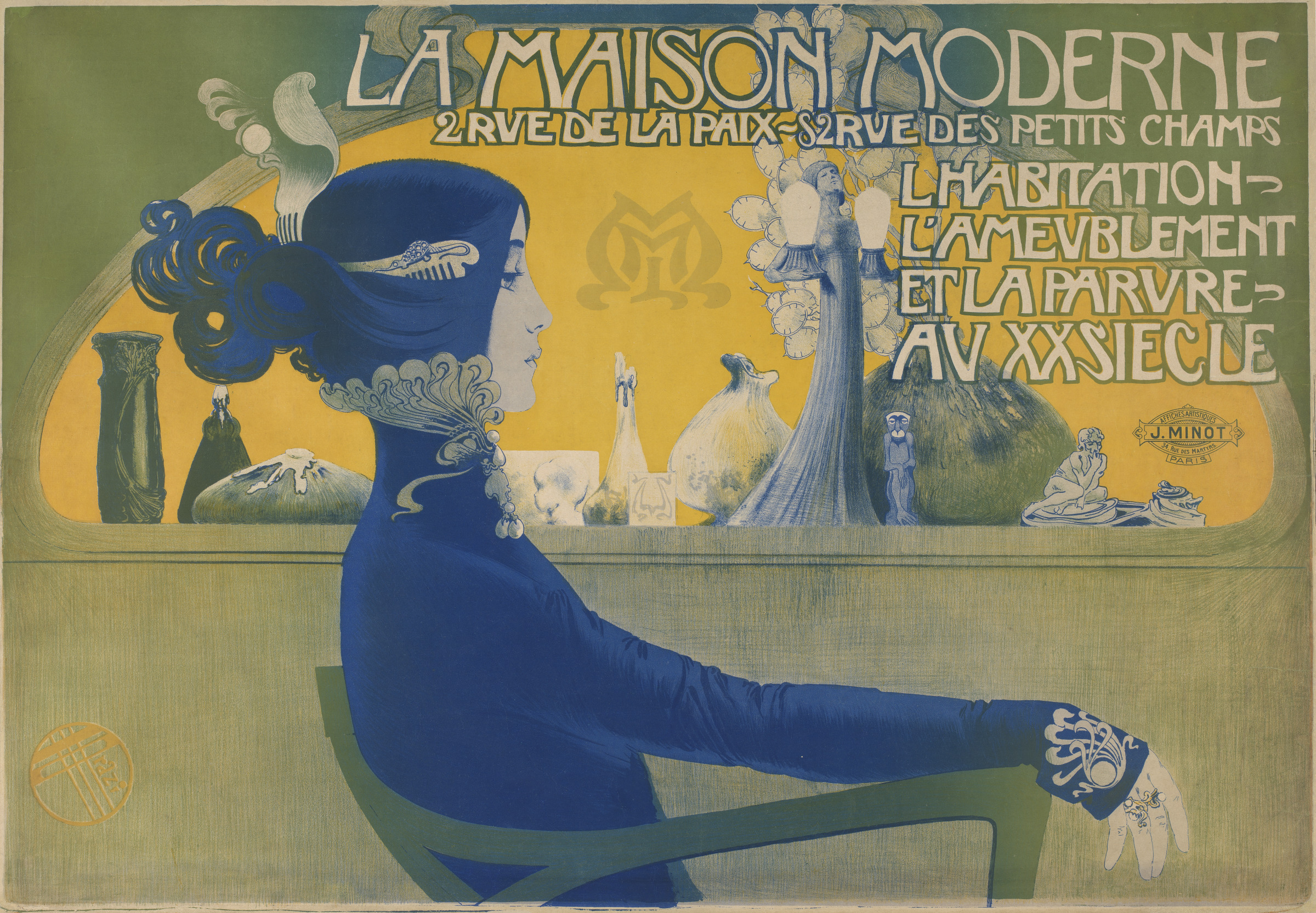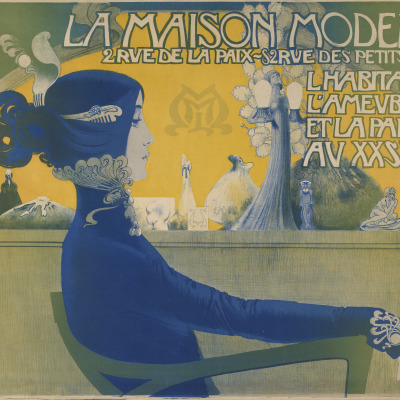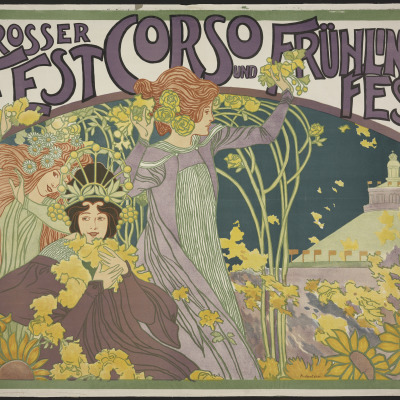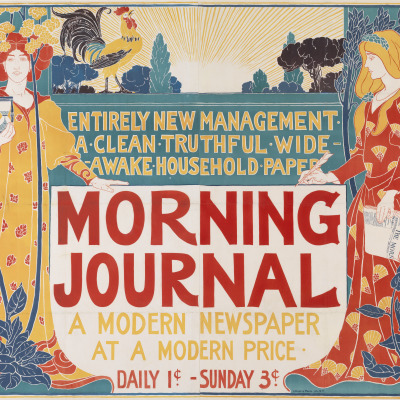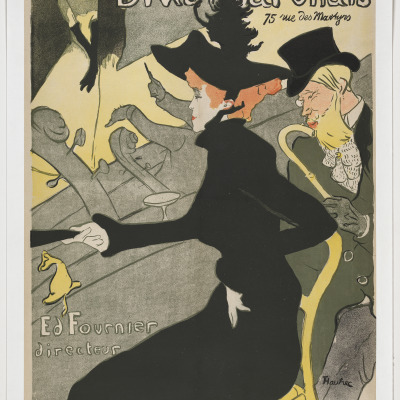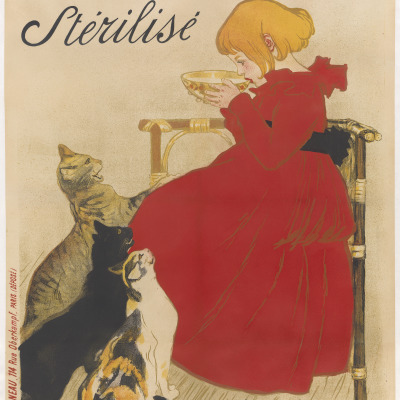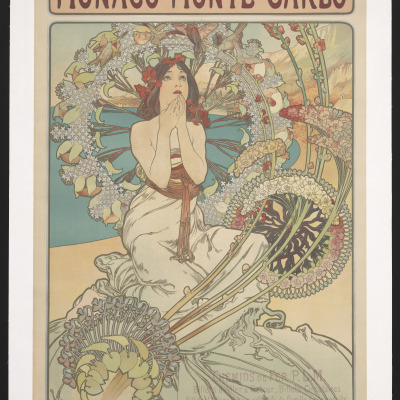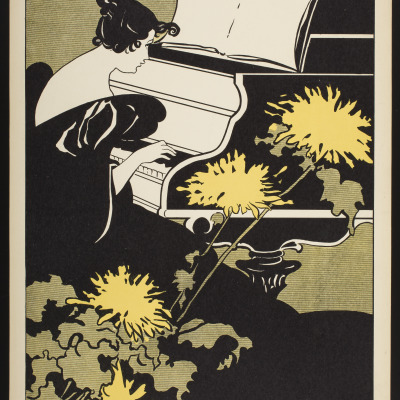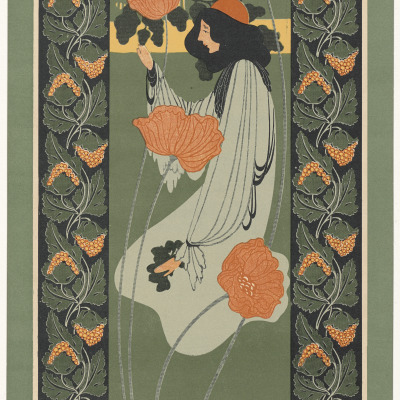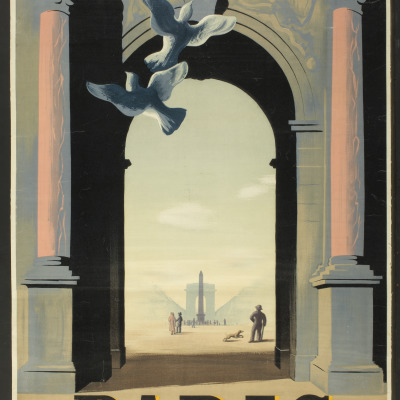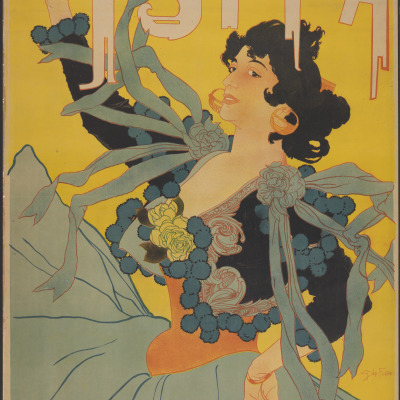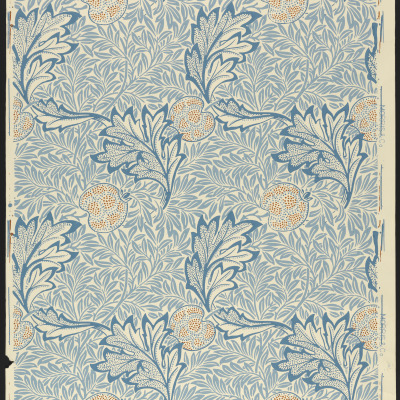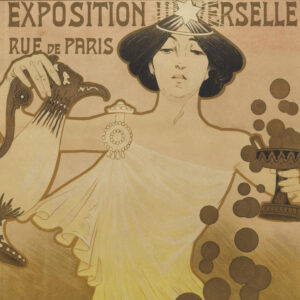
Conservation of Works on Paper
Learn more about the process of preserving and preparing a poster from the VMFA’s Decorative Arts Collection for display.
OVERIVEW
Over half of VMFA’s entire collection consists of works on paper! This includes works on paper from every collection, from Ancient Egypt to Contemporary Art. VMFA’s works on paper collection includes prints, drawings, posters, collages, photographs, books, and manuscripts.
Works on paper are among the most fragile artworks making them highly susceptible to agents of deterioration such as pests, pollution, high temperatures, humidity, and light exposure. Mitigation of these factors is essential to the long-term preservation of cultural heritage. While storage in a dark, dry freezer may eliminate most of these agents, conservators and curators understand the need to balance access with preservation.
This resource provides an overview of the process a conservator goes through including the assessment and determining the actions and tools needed to conserve a work on paper, specifically a decorative arts poster by following the conservation efforts made to Manuel Orazi’s lithograph titled Palais de la Danse.
A CASE STUDY: Palais de la Danse (Palace of Dance)
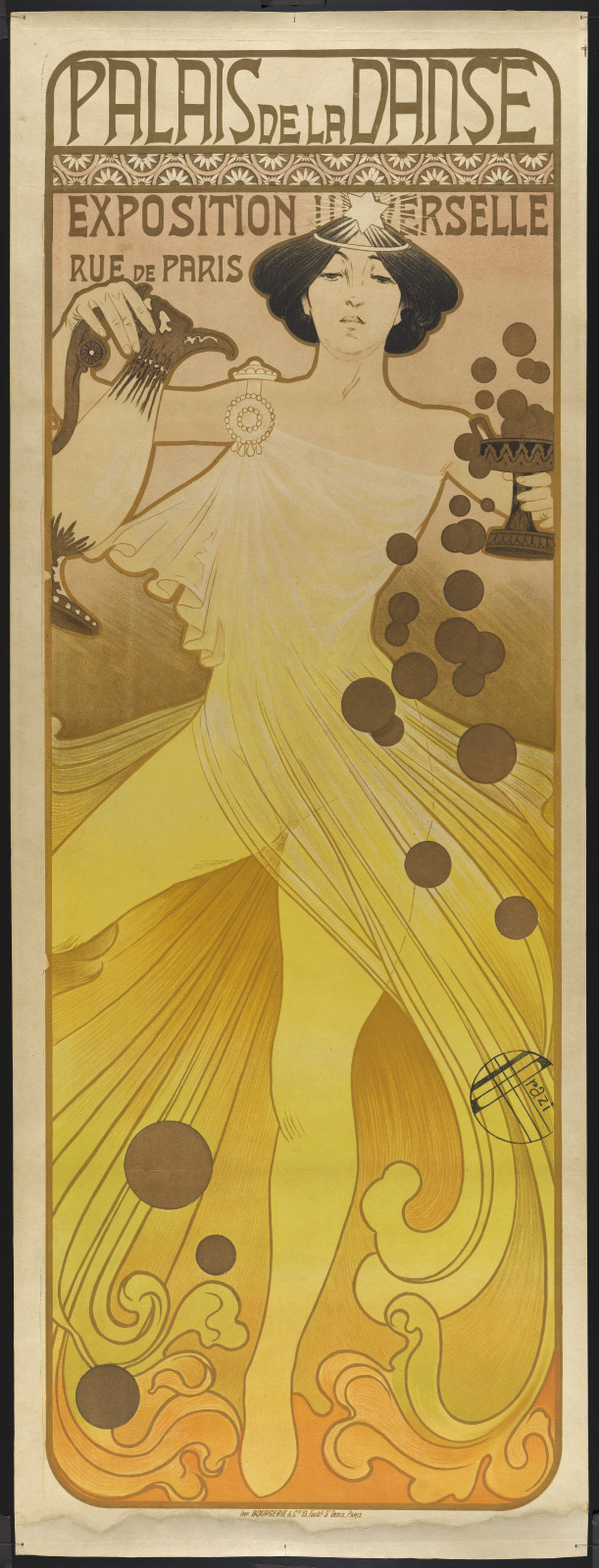
The Italian-born designer, Manuel Orazi, became well-known in France during the late nineteenth century for his graphic illustrations for posters and magazines. For the 1900 Paris Universal Exposition, Orazi was commissioned to create this poster, seen at right, advertising the pavilion for international dance performances, Palais de la Danse.
In this poster, Orazi depicts Terpsichore, the Greek Muse of dance, holding an ancient Greek oinochoe (wine pitcher) and kylix (drinking cup), with a mystical bubbling substance that could perhaps be the nectar of the gods, ambrosia.
This poster was important to add to VMFA’s collection of Decorative Arts because it complimented the current holdings of Manuel Orazi’s work in VMFA’s collection which include the Theater of Loie Fuller poster. Curator and conservator consulted on the condition of the object which was in need of conservation particularly along the bottom border. This discoloration was likely caused by display of the poster and subsequent exposure to light. Despite its condition, conservator and curator agreed that conservation was feasible. Continue reading to learn more about the exact assessment and conservation techniques undertaken by staff to restore the Palais de las Danse and prepare it for display in the galleries.
Inherent Vice
Inherent vice, or the instability of an object due to its chemical composition, is one of the greatest challenges that conservators face. Poor quality papers made from wood pulp serve as a support for many posters and ephemeral works of art. These papers contain acids that break down and degrade cellulose chains and as a result, acidic papers will discolor, become brittle and tear when handled. Degradation mechanisms, such as acid catalyzed hydrolysis of cellulose, are accelerated in the presence of high temperatures, light and humidity. As an innate part of the artist’s paper, the acidic wood pulp cannot be removed from the art object. Therefore, art conservators endeavor to slow degradation mechanisms through strict environment controls in storage and exhibition areas.
If chemical degradation and physical damages preclude safe handling or display, or if they obscure an artist’s intent, art conservators may intervene to restore the artwork’s physical integrity and improve its appearance. Conservators first perform a myriad of tests to identify safe and effective treatment options. Conservators and curators then convene to discuss all treatment options and anticipated results to identify the appropriate course of action and degree of intervention. Conservation treatments tend to be very delicate and tedious and are undertaken only when a conservator and curator agree that the benefits support long term preservation and outweigh potential risks.
The Conservation Process
Before and after!
ON VIEW IN THE MARY ANN FRABLE WORKS ON PAPER GALLERY
The Art of Advertisement: Art Nouveau Posters of the Late 19th Century
A selection from VMFA’s collection of Art Nouveau posters will be on view in the Mary Ann Frable Works on Paper Gallery until January of 2023. This installation highlights the late 19th-century design style, which emphasized beauty in natural forms and was often expressed through flowing, stylized lines and flourishing patterns. The French, Belgian, Viennese, and American posters on view include works designed by Alphonse Mucha, Théophile-Alexandre Steinlen, Henri de Toulouse-Latrec, Manual Orazi, Josef Maria Auchentaller, and others.
Learn more on the exhibition webpage.
Featured below are some of the works included in this exhibition.
ON VIEW IN THE LIBRARY
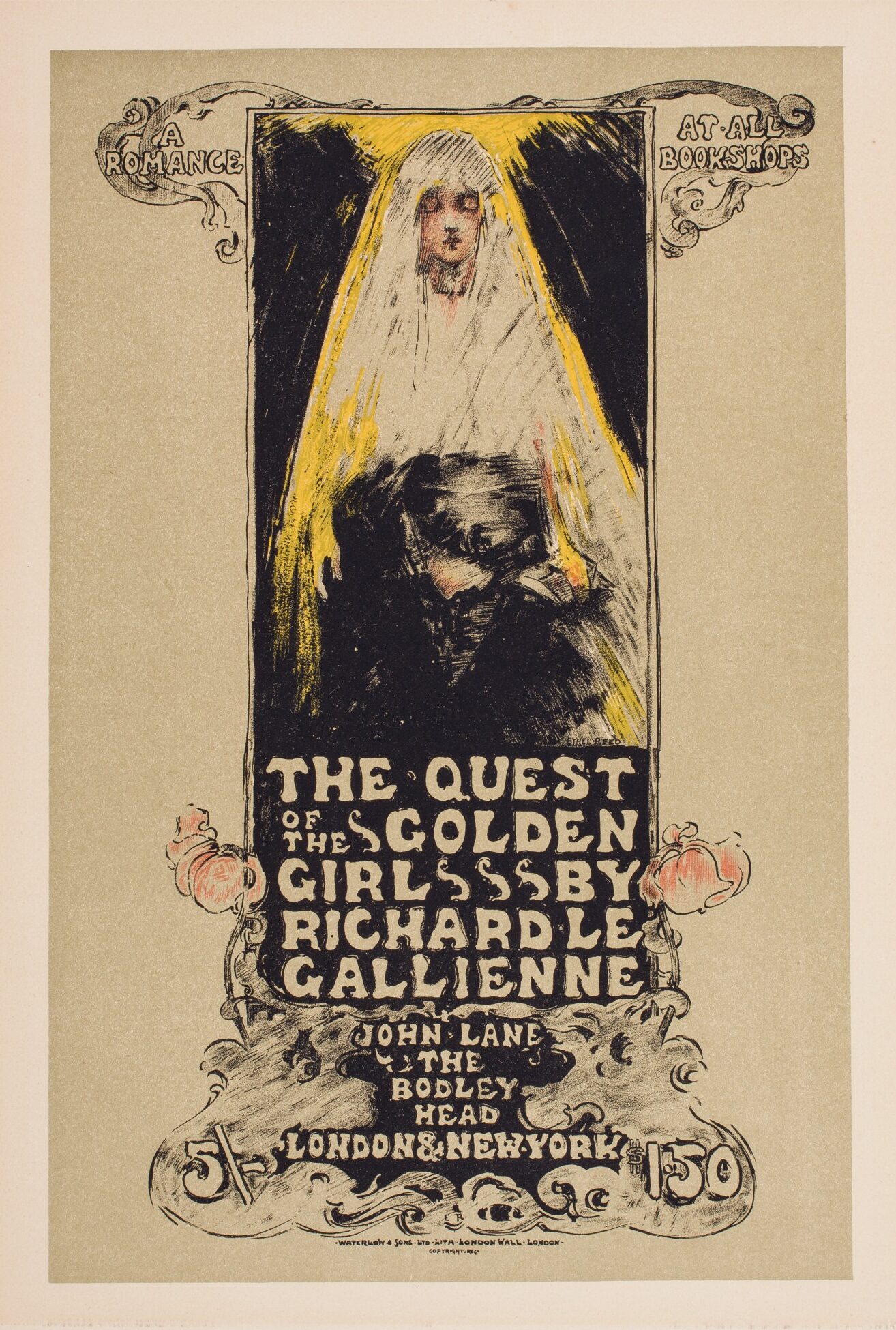
Les Maitres De L'Affiche
Les Maîtres de l’Affiche (The Masters of the Poster) is a 5 volume set of books including 256 color plates that represent a diverse selection of outstanding original small format posters from the turn of the twentieth century. 97 popular artists from around the world who were active during the Art Nouveau period are represented including Henri de Toulouse-Lautrec, Théophile Alexandre Steinlen and Alphonse Mucha.
The series was conceived by artist and poster designer Jules Chéret (1836-1932) to capitalize on the public’s enthusiasm for the colorful and aesthetically pleasing advertising posters that had taken over the streets of Paris during the mid-19th century.
Chéret’s distinctive graphic style and innovation was instrumental in establishing the poster industry as a viable art form. At this time, he conceived of the idea of creating a subscription service to offer prints in a more manageable format, as large posters were difficult to view, transport and store.
On view outside of the Library is an installation where the small sized loose version of the poster can be compared alongside the smaller Les Maîtres de l’Affiche version and the full-sized poster.
For more resources from the Freeman Library please see the Digital Collection page.
